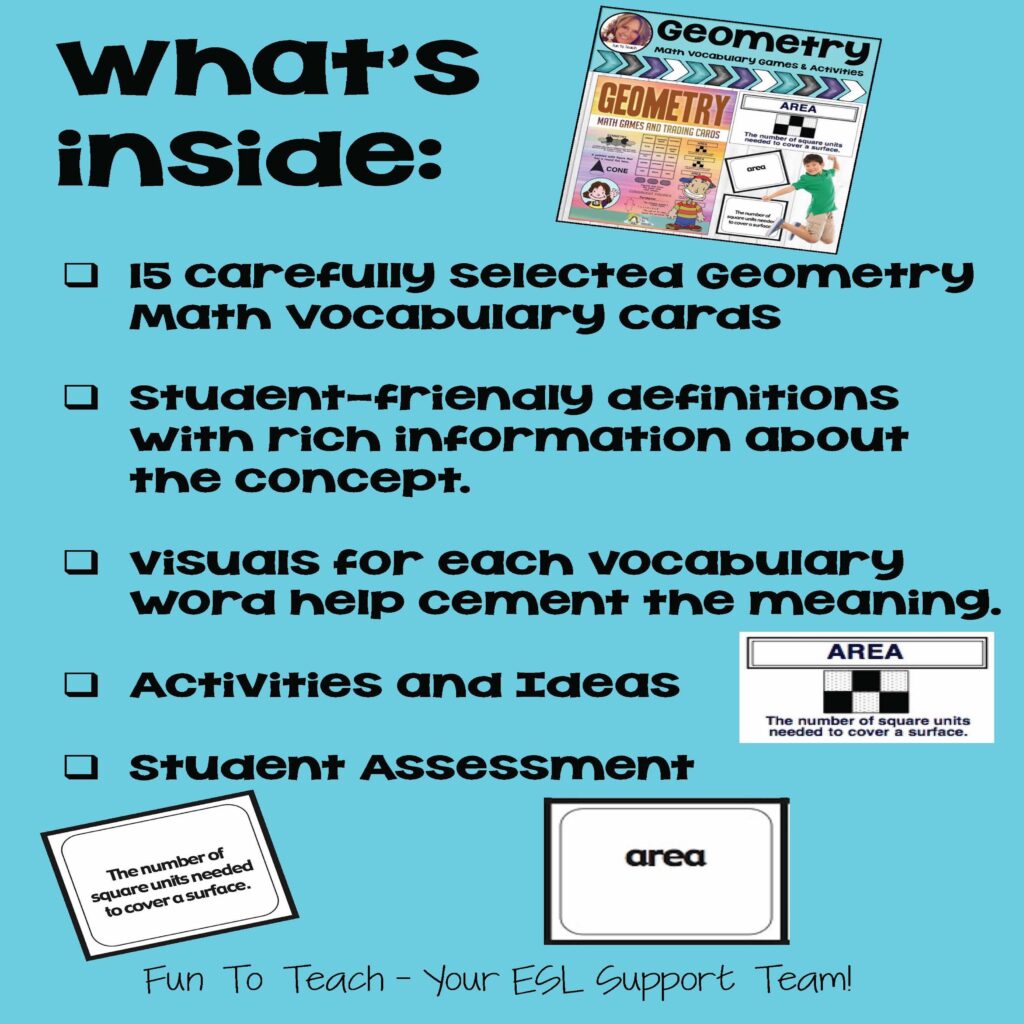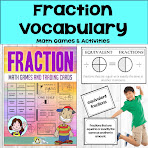
Third-grade math Curriculum is pretty cool! You get to help young learners dive into some exciting stuff. We’re talking about numbers and operations, like adding and subtracting big numbers, getting into multiplication and division, and even dipping our toes into fractions. Then there’s geometry – you know, shapes and angles. In 3rd Grade, we tackle measurements and data, too, like telling time and dealing with lengths and stuff. Of course, we love to teach all this by mixing in some fun math games and activities. It’s all about making math enjoyable for our kiddos, right?
Let’s take a look at what to cover in this crucial year!
Key Math Concepts and Skills:
1. Number and Operations:

- Understanding place value up to thousands.
- Addition and subtraction of multi-digit numbers.
- Multiplication facts and strategies.
- Division facts and basic division concepts.
- Rounding to the nearest ten and hundred.
- Recognizing and generating equivalent fractions.
- Comparing and ordering fractions with like denominators.
- Adding and subtracting fractions with like denominators.
- Measurement and data interpretation.
2. Third Grade Math Curriculum Geometry:
- Identifying and classifying two-dimensional shapes (e.g., polygons, quadrilaterals, triangles).
- Understanding lines, angles, and perpendicular lines.
- Measuring and drawing angles.
- Identifying and understanding the properties of three-dimensional shapes (e.g., cubes, spheres, cylinders).

3. Measurement and Data:
- Telling time to the nearest minute.
- Measuring and comparing lengths using standard units.
- Understanding the concepts of area and perimeter.
- Collecting and interpreting data using tables and graphs.
- Solving problems involving time, money, and measurement.
4. Fractions:
- Recognizing and identifying unit fractions.
- Exploring fractions on a number line.
- Comparing and ordering fractions with different denominators.
- Adding and subtracting fractions with different denominators.
- Understanding the concept of equivalent fractions.

5. Patterns and Algebra:
- Understanding multiplication as repeated addition.
- Recognizing, extending, and creating patterns.
- Solving problems involving multiplication and division.
- Using multiplication and division to solve word problems.
- Introduction to basic concepts of multiplication and division.
6. Problem Solving:
- Developing problem-solving strategies.
- Solving real-world mathematical problems.
- Communicating mathematical thinking and reasoning.
- Applying critical thinking skills to mathematical situations.
Third-Grade Math Curriculum Teaching Strategies:

- Hands-on activities and manipulatives to reinforce concepts.
- Group work and collaborative problem-solving.
- Math games and puzzles to make learning fun.
- Real-world application of math concepts.
- Differentiated instruction to meet the needs of all learners.
- Regular formative assessments to monitor student progress.
Assessment and Evaluation:
- Regular quizzes and tests to gauge understanding.
- Homework assignments to practice and reinforce skills.
- Performance tasks and projects to assess application of concepts.
- Teacher observations and conferences with students.
- Use of rubrics and grading criteria to provide feedback.
Third-grade math is an exciting journey of discovery for students. Teachers play a vital role in fostering a strong mathematical foundation by providing a balanced and engaging curriculum that encourages problem-solving, critical thinking, and a love for math. It is essential to support all students in their mathematical growth by differentiating instruction and addressing individual needs while ensuring they have a solid understanding of foundational math concepts.



No comments:
Post a Comment